The Diversity of Life
Links to Organisms
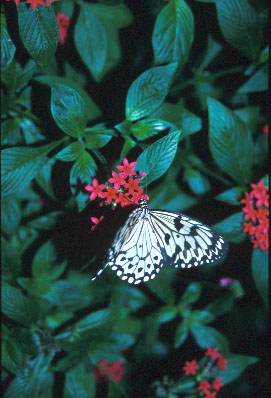
The Diversity of Life
Links to Organisms

For any organismal exploration try the Berkeley “ucmp” server. This fantastic site is a gateway to hundreds of web pages devoted to every type of critter:
http://www.selkirk.bc.ca/courses/biology/pron.htm
If all else fails, try one or more of the search
engines listed at the bottom of the page.
http://mcb.harvard.edu/BioLinks.htmlAnd be sure to check out the National Academy of Sciences page on evolution and creationism at:
http://nationalacademies.org/evolution/Check out Berkeley's exceptional exhibit on the history of evolutionary thought at:
http://www.ucmp.berkeley.edu/history/evolution.html
Cyanosite offers
cyanobacteria researchers a small slice of heaven:
http://www-cyanosite.bio.purdue.edu/
UCMP's introduction to
cyanobacteria is available at:
http://www.ucmp.berkeley.edu/bacteria/cyanointro.html
Check out the latest word on
the mysterious Archaeans at
http://www.ucmp.berkeley.edu/archaea/archaea.html
Take a tour of the Microbe
Zoo at the
http://commtechlab.msu.edu/sites/dlc-me/zoo/zdmain.html
Search the Microbial Underground for
anything microbial and medical:
http://www.medschool.lsumc.edu/Micr/mirror/public_html/index.html
http://www.ucmp.berkeley.edu/protista/apicomplexa.html
Way too much information about cnidarians at:
http://www.ucihs.uci.edu/biochem/steele/default.htmlJellyfish and still more jellyfish at:
http://www2.hawaii.edu/~ortogero/jellyfish.html
The Berkeley server has a good introduction to flatworms, with several interesting links:
Start by crawling to:
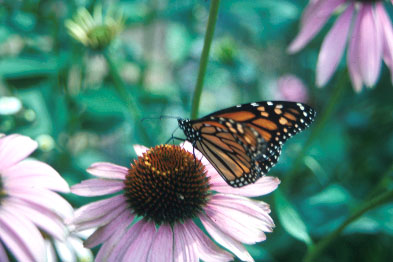
Visit the home page of the Society of Nematologists at:
Stay hip with the latest revisions to nematodes
at UCMP:
http://www.ucmp.berkeley.edu/phyla/ecdysozoa/nematoda.html
There are hundreds of arthropods waiting quietly in obscure corners of the web, ready to pounce on the unwary undergraduate and grab your attention. Where to start? The UCMP server is great for all groups except crustaceans:
Follow the silken strands to Online University's
Arachnology Resources page, lots of useful links:
http://www.onlineuniversity.net/biology/arachnology-resources/
As always, a good place to start is:
http://www.ucmp.berkeley.edu/vertebrates/tetrapods/tetraintro.html
http://www.nmnh.si.edu/BIRDNET
And don't forget the dinosaurs:
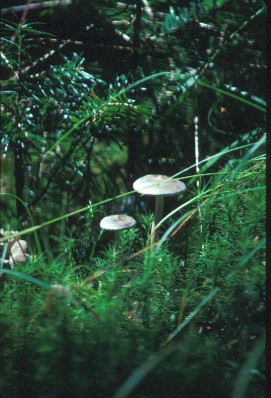 Kingdom Fungi
Kingdom Fungi
You'll find a well-referenced guide to the
latest discoveries about these curious creatures at the Tree
of Life:
Mycology at LSU has a wealth of links to the
Kingdom Fungi:
Check out the stunning fungal photography at
Treasures from the Kingdom of Fungi
Visionary Mushrooms - one "shroom" makes you
larger, and one "shroom" makes you small...
To eat or not to eat - sort out the edible
fungi from their toxic kin at:
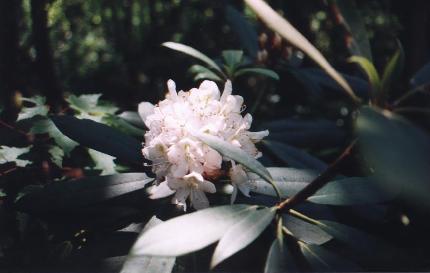
For an exhaustive list of what's growing in
cyberspace, check out the Internet Directory for Botany at:
Everything you learned about plant evolution is
wrong! Check out the latest news from the Deep Green plant
phylogeny project, the leafy equivalent of the Human Genome
Project, as they rewrite the botany texts:
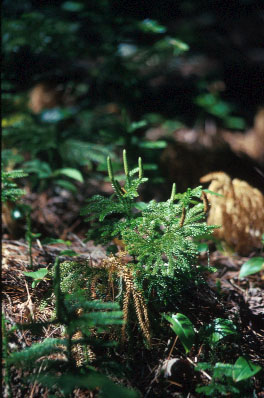 Primitive Plants
Primitive Plants
Bryophyte taxonomy, images, and more at:
Get info about bryophytes from the Missouri
Botanical Garden at:
Lie down among the ferns at the American Fern
Society:
Look for ferns on the "tree of life" at
Learn about the role of ferns in forest ecology
at:
Find photos and more of ferns and fern allies
at:
Good basic info on non-flowering plants, with
great pictures at:
The Gymnosperm Database Home Page offers a
wealth of information on individual species of gymnosperms,
including copious links, at:
One stop shopping for info on cycads, courtesy
of Sidney's Royal Botanical Gardens:
The Virtual Encyclopedia of cycads is - well -
virtually encyclopedic!
Hey, don't badmouth those plants, some of those
little fellows can really grow on you. Don't believe me? Check
out the Parasitic Plant Connection:
Find out what plants are good for at Plants for
a Future. The site includes a database of over 7,000 plants
that are good to eat or useful in other ways:
You'll find an entire course of plant
systematics served up still warm and online, courtesy of the
University of Maryland:
Oooh, pretty pictures of angiosperms are waiting
at
Get the scoop on how to grow and use herbs,
including lots of herbal links, at:
Herbs are good for the body and the mind - stay
naturally healthy, courtesy of the Herbal Information Center:
Mary, Mary, quite contrary, how does your garden
grow? Find out at Garden Web, the gateway to gardening online: